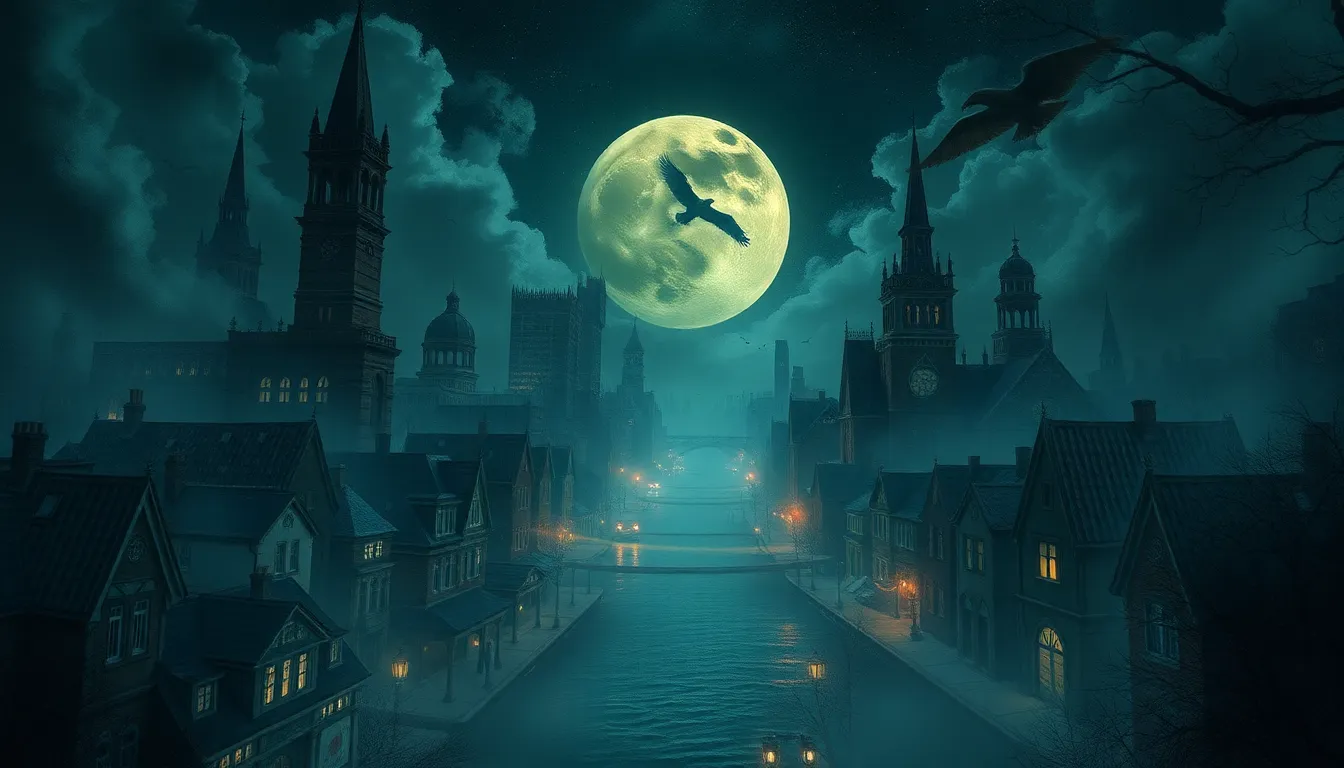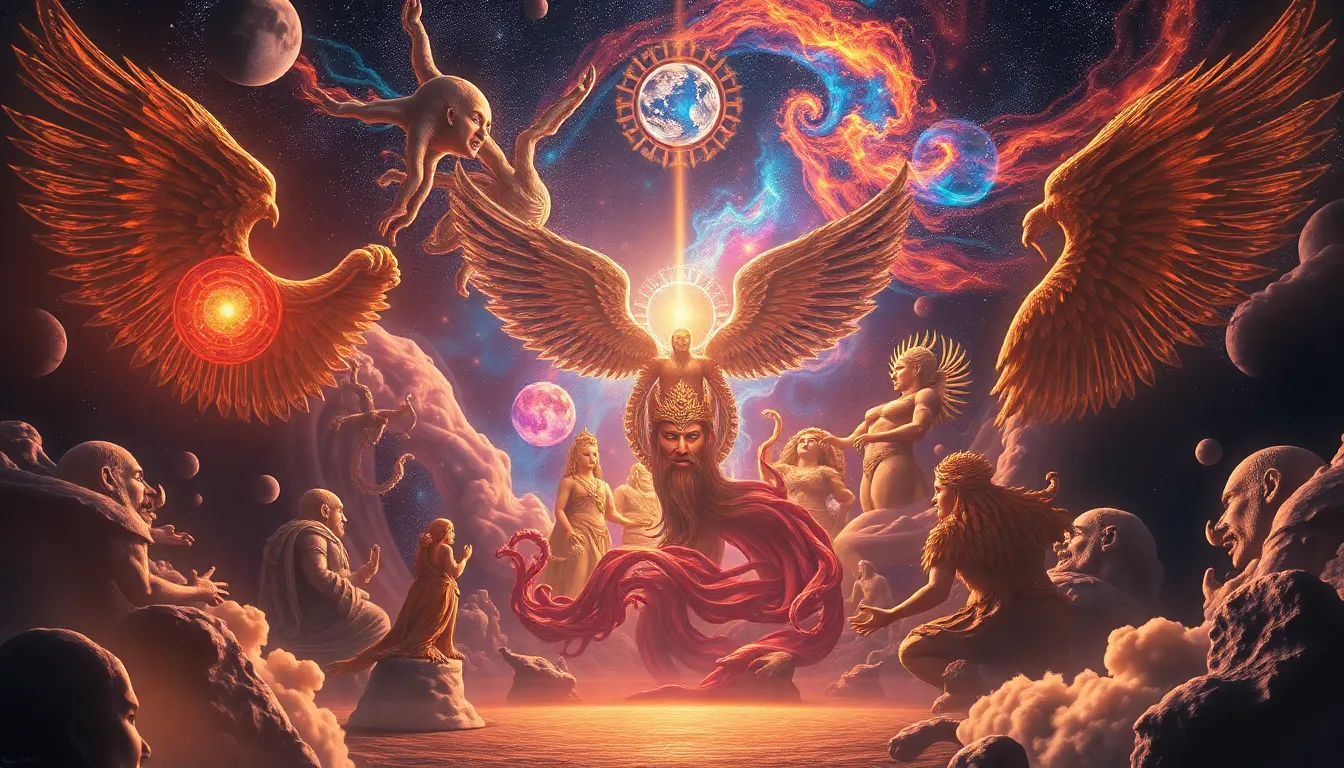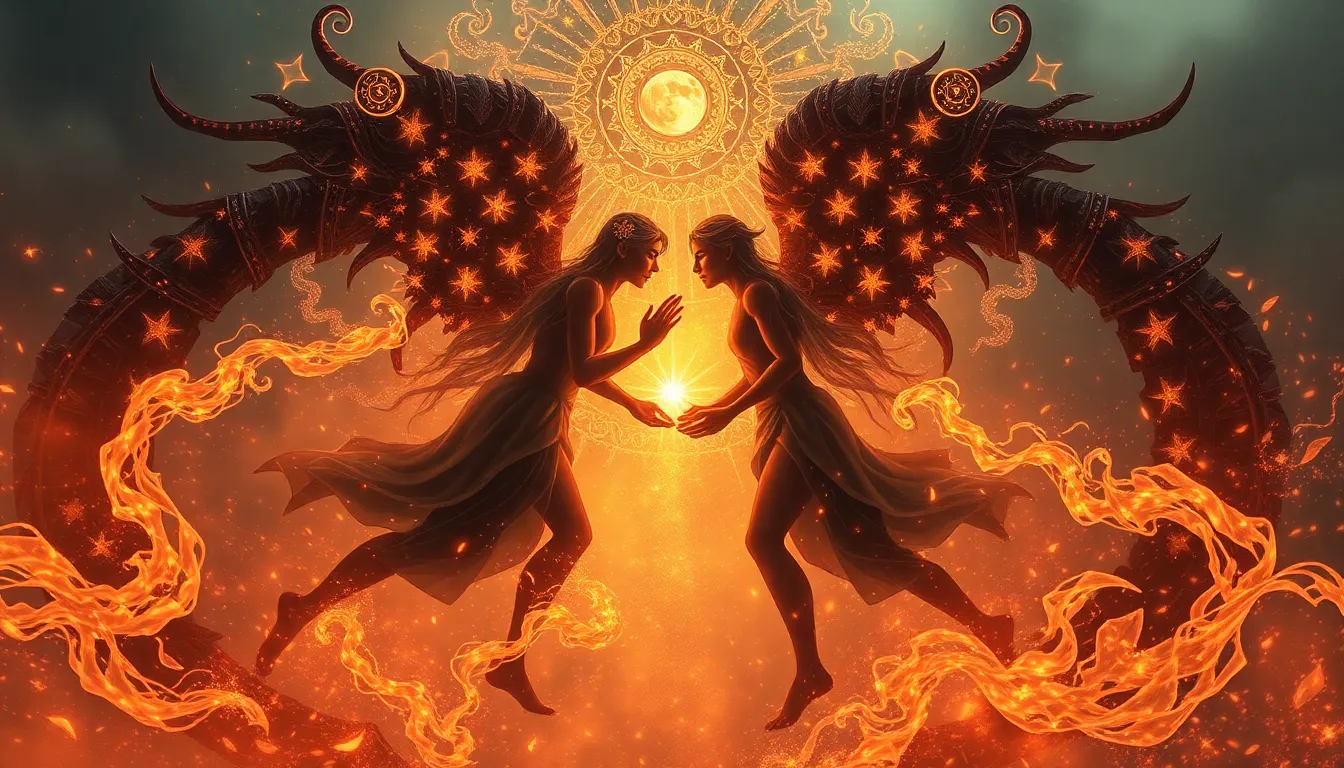Cursed Cities: The Dark Histories of Urban Legends
1. Introduction to Cursed Cities
A cursed city is often defined as a place believed to be under a supernatural affliction, where misfortune and tragedy seem to be recurrent themes throughout its history. Urban legends play a critical role in shaping the cultural narratives of such cities, often serving as a reflection of collective fears, historical events, and societal values.
This article aims to explore the intricate tapestry of urban legends associated with cursed cities, examining their origins, psychological impacts, notable examples, and the role of media in perpetuating these tales. By delving into the dark histories that haunt these urban landscapes, we can gain a deeper understanding of the human experience.
2. The Origins of Urban Legends
Urban legends often find their roots in historical contexts, emerging from real-life events, societal fears, or folklore. These legends are akin to whispers that traverse generations, evolving over time as they are retold and reinterpreted by different communities.
- Historical Context: Many urban legends arise from significant events, such as natural disasters, wars, or local tragedies that leave a lasting impact on a community.
- Folklore’s Role: Folklore serves as a vessel for preserving cultural narratives, allowing communities to express their collective experiences and fears.
- Evolving Narratives: As these stories are passed down, they often morph, gaining new elements and shedding old ones, reflecting the changing values and beliefs of the society.
3. Notable Cursed Cities Around the World
Several cities across the globe are frequently labeled as cursed, each with its own unique legends and dark histories. Here are a few notable examples:
- Salem, Massachusetts: Known for the infamous witch trials of 1692, Salem’s legacy is steeped in superstition, with tales of witchcraft and haunting spirits permeating the city’s culture.
- Pompeii, Italy: The eruption of Mount Vesuvius in 79 AD buried the city in ash, preserving its remnants but also marking it as a site of tragedy and loss, with legends of its cursed fate echoing through time.
- Detroit, Michigan: Once a thriving industrial hub, Detroit’s decline has led to urban legends surrounding its abandoned buildings, economic hardships, and tales of vengeful spirits.
4. The Psychology Behind Cursed Cities
The belief in curses and urban legends often stems from deep-seated psychological factors. People are drawn to these tales due to:
- Fear and Superstition: Curses tap into primal fears, leading individuals to ascribe meaning to seemingly random misfortunes.
- Community Identity: Believing in local legends can foster a sense of belonging among residents, as they share in the collective narrative.
- Psychological Effects: Living in a ‘cursed’ environment can create a sense of helplessness, anxiety, and paranoia among inhabitants, further entrenching the legend.
5. Curses, Disasters, and Their Aftermath
Many historical events associated with cursed cities have lent credence to urban legends. Disasters often serve as catalysts for these narratives, as communities seek to explain the inexplicable. A notable case study is:
The Great Chicago Fire
In 1871, the Great Chicago Fire devastated large portions of the city, leading to widespread destruction and loss of life. Legends surrounding the fire have persisted, including tales of a cow kicking over a lantern as the spark that ignited the inferno. Over time, these stories have taken on a life of their own, evolving into cautionary tales about the city’s resilience and the supposed curse that befell it.
6. The Role of Media in Propagating Urban Legends
Media plays a pivotal role in shaping and propagating urban legends. Literature, film, and television often draw inspiration from these tales, amplifying their reach and influence. Some notable examples include:
- Literature: Works like Stephen King’s “It” have taken urban legends and transformed them into cultural phenomena, embedding them deeper into public consciousness.
- Film: Movies such as “Candyman” and “An American Haunting” highlight urban legends, bringing them to life for new audiences.
- Television: Series like “Supernatural” and “Ghost Adventures” explore urban legends, blending fact with fiction and contributing to the lore.
This cycle of legend creation and propagation continues in modern society, with social media platforms facilitating the rapid spread of new urban legends.
7. Urban Legends and Cultural Identity
Urban legends play a significant role in shaping a city’s cultural identity. They serve as touchstones for community bonding, often becoming integral to local pride or cautionary tales.
- Cultural Contributions: Legends can enhance a city’s character, attracting tourism and interest in local culture.
- Community Bonding: Shared beliefs in urban legends can strengthen community ties, as residents rally around their unique narratives.
- Embracing or Rejecting: Some cities actively embrace their cursed narratives, using them as marketing tools, while others may seek to distance themselves from such stories.
8. Investigating the Truth Behind the Legends
Researchers and historians employ various methods to debunk or verify urban legends. Techniques include:
- Historical Documentation: Examining records and archives to separate fact from fiction.
- Archaeological Evidence: Utilizing archaeological findings to support or disprove tales associated with cursed cities.
Case Study: The Bell Witch
The legend of the Bell Witch in Adams, Tennessee, is a prime example of how folklore can intertwine with history. Researchers have investigated the tales surrounding the Bell family, seeking to uncover the truth behind the reported hauntings and their societal implications.
9. The Future of Cursed Cities
As technology and social media continue to evolve, so too will urban legends. The future may see:
- Digital Urban Legends: The rise of online storytelling may give birth to new urban legends, influenced by the rapid dissemination of information.
- Globalization’s Impact: As cultures intermingle, local legends may blend or transform, creating new narratives that reflect a globalized society.
Predictions suggest that urban legends will continue to adapt, resonating with future generations while highlighting the timeless nature of human fears and curiosities.
10. Conclusion: Embracing the Dark Side of Urban Legends
Urban legends offer insight into the human experience, reflecting our fears, values, and history. They exist in the liminal space between myth and reality, serving as cautionary tales and sources of community identity. As we navigate the complexities of modern life, embracing these narratives can enrich our understanding of ourselves and the cities we inhabit.



